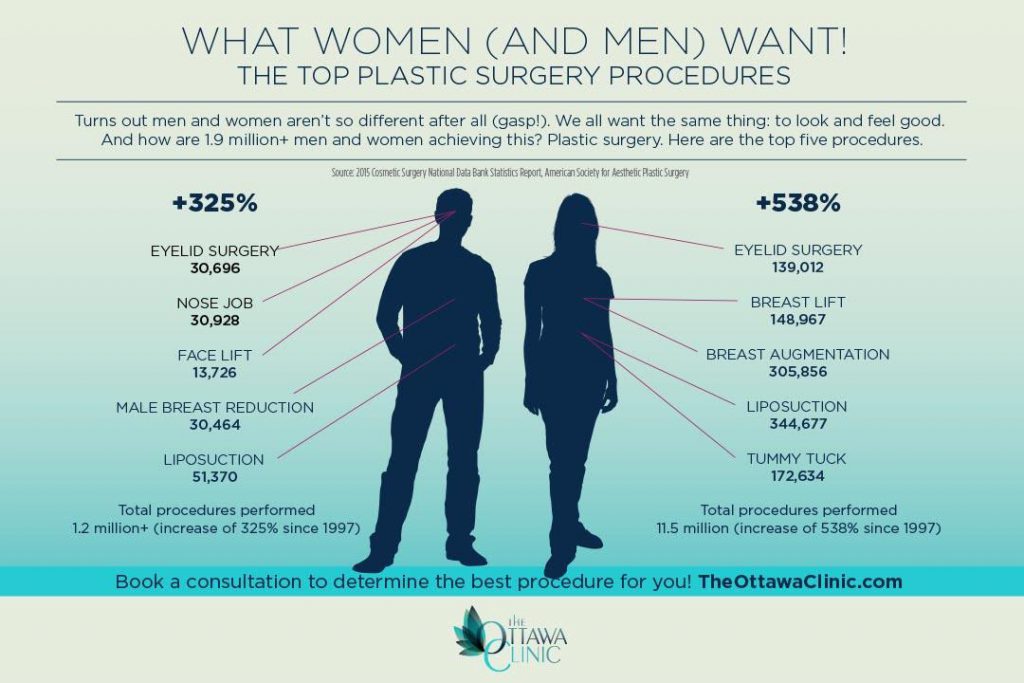Does Chocolate Cause Acne
Does Chocolate Cause Acne
Blog Article
Causes of Acne on Cheeks
Acne breakouts in the cheek location are triggered by several things, from touching your face regularly to not changing your pillow case frequently sufficient. Picking at imperfections enhances your threat of infection and scarring, and certain medications can worsen dark areas (postinflammatory hyperpigmentation).
The good news is, there are lots of means to stop and deal with cheek acne. These consist of:
1. Hormone Adjustments
Acne is largely caused by hormones, especially those produced during puberty and pregnancy. For some, a family history of acne may likewise contribute to their condition. Anything that blocks pores, such as oil-based skin care products or waxy hair items, can cause acne. Numerous topical therapies, like benzoyl peroxide and salicylic acid, can deal with microorganisms and unclog pores. Those with extreme or persistent acne needs to look for therapy from their medical professional.
Stay clear of touching or squeezing your acne, as this can press some of the microorganisms deeper right into the skin, bring about an extra extreme outbreak. It is additionally vital to change pillow cases routinely and utilize clean makeup brushes. You should also attempt to prevent toxic irritants such as rubbing from wearing a helmet or tight collar.
2. Diet plan
The greasy, sweet foods that many individuals assume trigger acne may actually not do so. In fact, research studies have shown that eating a diet plan abundant in entire, nutrient-dense foods assists to stop breakouts.
Foods high in the glycemic index (such as white bread, corn flakes, puffed rice and potatoes, doughnuts and other pastries) raise blood glucose levels rapidly, and this can enhance hormones that increase oil production and result in acne.
Consuming cow's milk has additionally been linked to increased acne outbreaks. If you are a routine cow's milk drinker, you could wish to try changing to low-fat or nondairy options that are fortified with calcium. On top of that, consuming more water can aid to decrease acne due to the fact that it assists to keep the skin hydrated.
3. Excess Oil
While oil is crucial for healthy skin, it can become a trouble when too much sebum blends with dead skin cells and blocks pores. This combination can produce blackheads, whiteheads and pimples. The obstructed pore wall can break down and spill microorganisms, dead skin cells and sebum into bordering skin. This leads to a red bump known as an acne. Often these red bumps have pus in the center from a microbial infection. Bigger infected bumps that look like acne are called cysts.
There are lots of things that can create excess sebum and clogged up pores, consisting of hormone variations, diet and everyday practices. Some examples include touching the face frequently, resting your hand on your cheek, using dirty makeup brushes and not changing pillow cases frequently.
4. Anxiety
If you're taking care of throbbing acnes or a variety of blackheads and whiteheads, it may be time to talk to a skin doctor. They can suggest an effective therapy that fits your skin type. Exercising relaxation and stress-reduction strategies additionally assists.
Acne can take place in the cheeks because of friction and stress, such as when a person touches their face regularly or uses a hat or sports helmet that rubs versus the skin. It can also show up where greasy cosmetics and creams scrub against the skin.
Stay clear of squeezing acne, as this can press infected product deeper into the skin and bring about scarring. Instead, see a medical professional to discover preventative treatments like medicine, skin care items and lifestyle modifications. Eating a healthy diet regimen of whole foods, obtaining seven to 9 hours of sleep and utilizing noncomedogenic make-up and skincare items can all help reduce acne outbreaks.
5. Hair Products
Hair products are not typically considered a source of outbreaks, but they can contribute to acne on the cheeks in some people. Pomade acne, which is defined by little shut comedones and papulopustules, is generally caused by the use of oily hair products that contain comedogenic components such as specific oils and acetylated lanolin.
Picking hair products that do not contain these potentially danaige lazer comedogenic components is a crucial action towards decreasing breakouts. Also, making sure that hair items aren't can be found in contact with the skin can aid protect against outbreaks. As an example, wearing a scarf or bonnet at night can limit hair-to-face contact and reduce the likelihood that leave-in hair products will certainly abrade onto the face.
Along with making use of a non-comedogenic cream and cleaning with an acne face clean, various other handy approaches consist of: